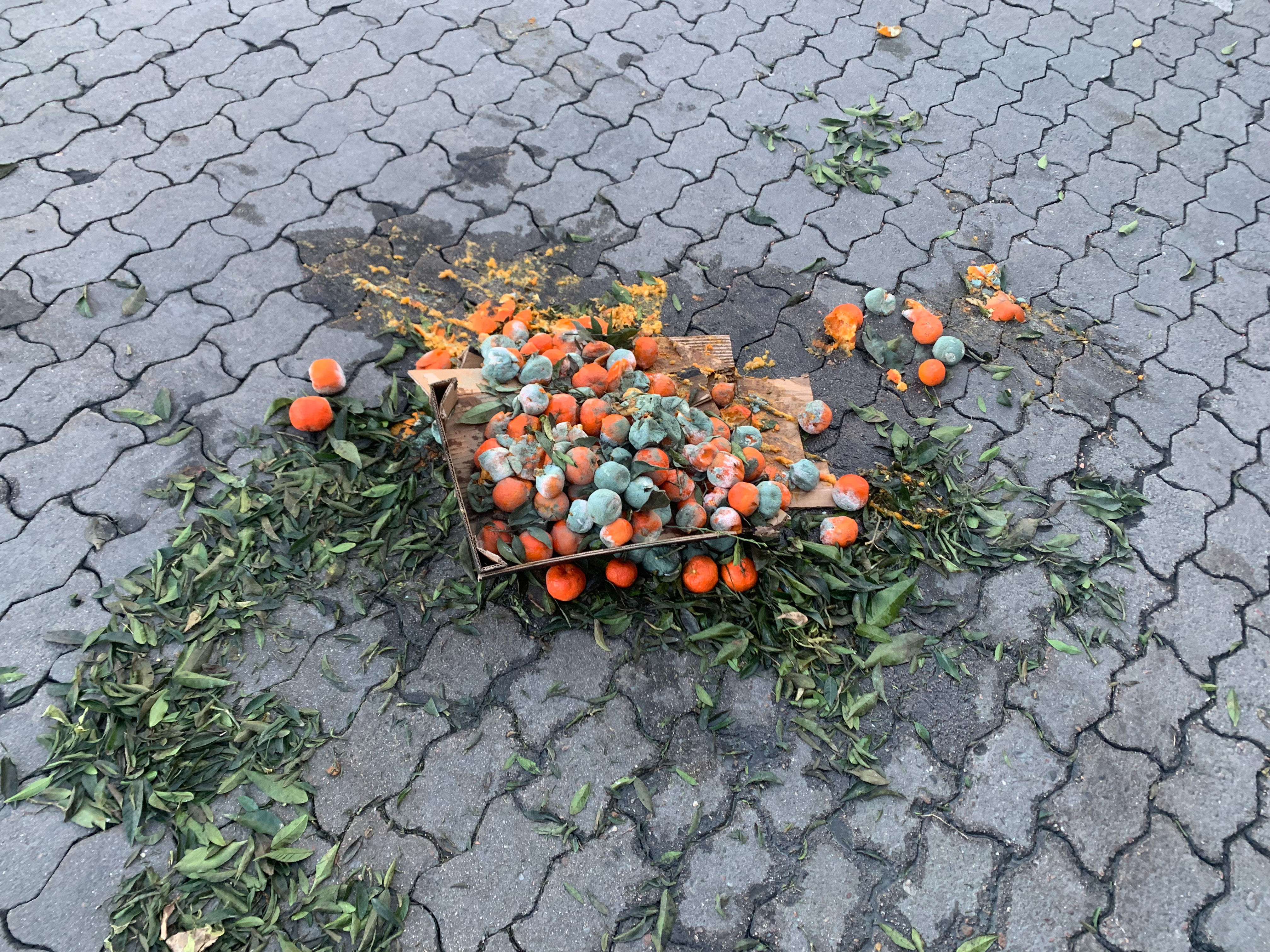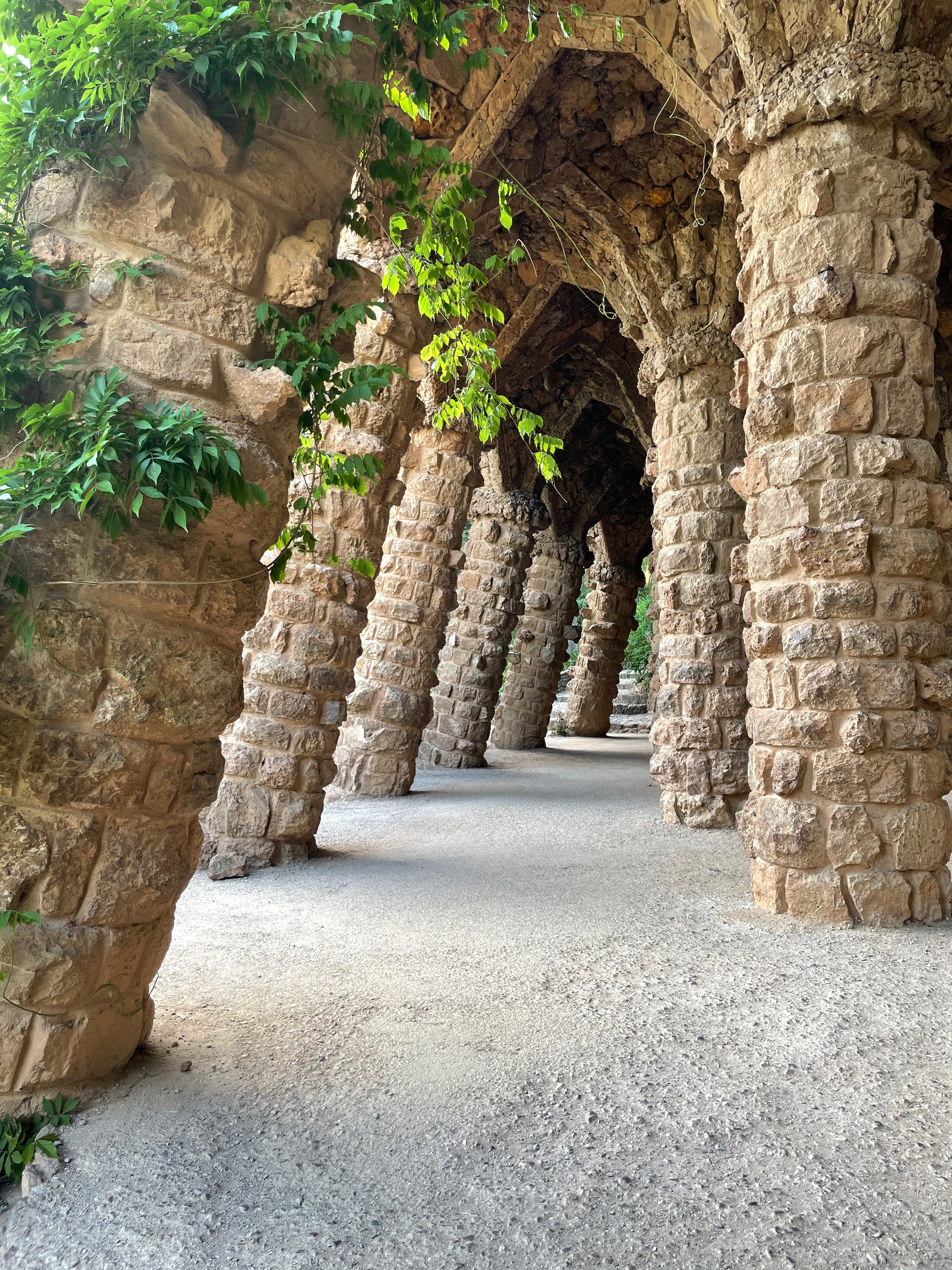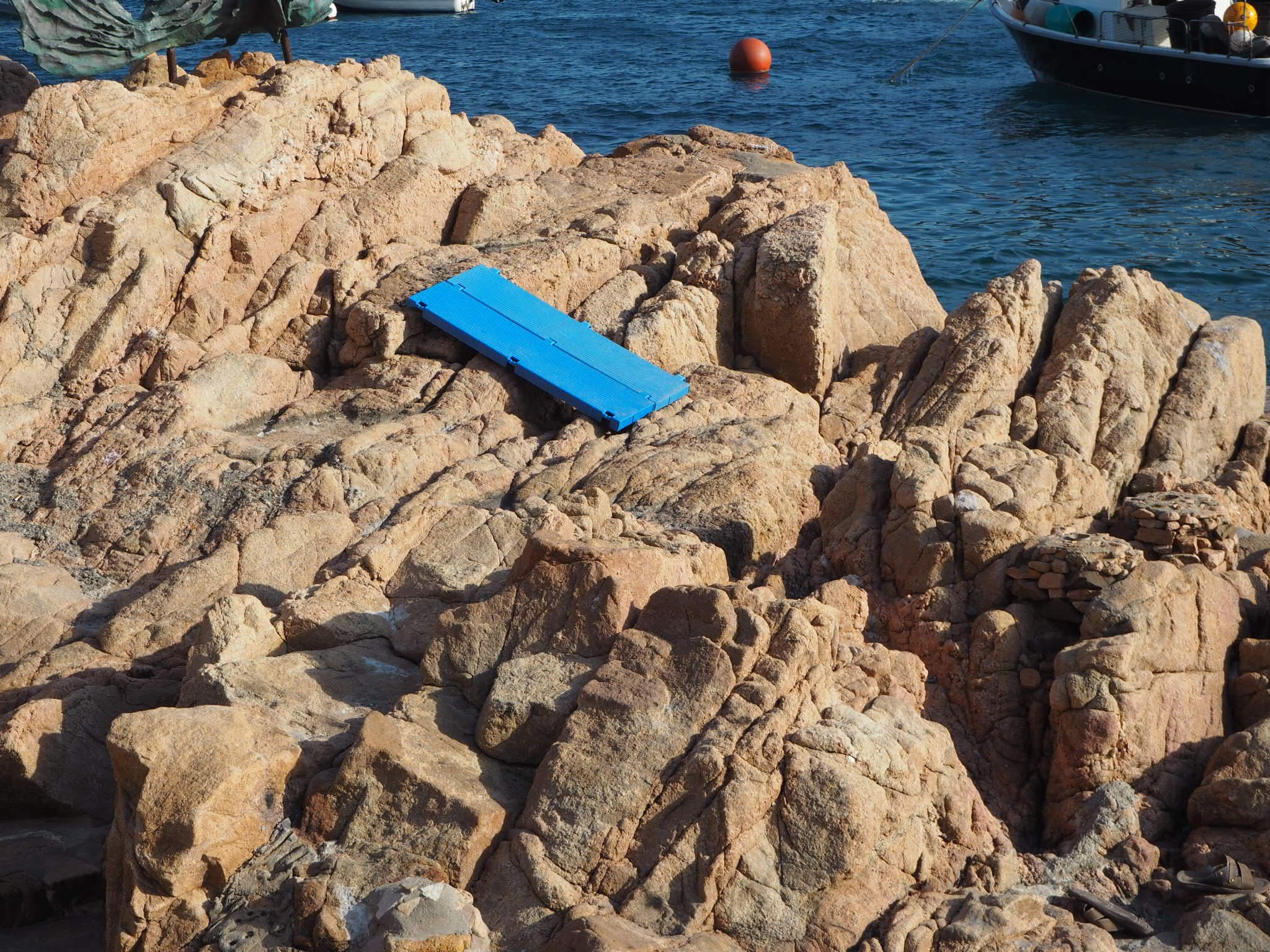
After many months of learnings and experiences there is a lot of things I keep relecting on. This course has definitely opened up new possibilities and expanded my areas of knowledge into areas I was afraid to approach because they were too intimidating for me. At first I have to say that I was overwhelmed by the classes and the things we were learning, thinking I could never do this myself. In a way this process became seamlessly natural. New beginnings are always exciting, and the feeling of learning something new is very rewarding. Little did I know that this interests that started to emerge from the lessons would shape my new identity and projects. At first I felt a bit lost on how to approach my fight and the things that moved me. It started to make more sense once we grouped into collaboratives and I found themes interesting even though they didn’t directly relate to my fight. When I think back in retrospective I can see a relation between all of them and its easier for me to put a title to my interests now. In that moment it just felt like something I really wanted to do. Something that got me excited to see the outcome, find answers, start conversations or just test different things.
Over the months that passed I started losing the fear of testing and contacting people. I feel like at the beginning I waited too long to do so, fearing that my project was not defined enough or was lacking a stronger foundation. Now that I’m reflecting on this I would’ve tried to erase those fears and see how by talking to others can help you shape your project. It is also true that the past students warned us about this but you never learn until you experience it for yourself. I found Barcelona to be the perfect city for this. People are very open to collaborate and there’s also so many people living here that there’s definitely at least one person doing something related to what you want to do. It’s such a diverse city that it adds variety and liveliness to the environment. There’s always an event, exhibition, talk or something that can inspire your creativity and its so easy to keep your head spiriling up with ideas.
Now the issue becomes focusing only on one. I found this a recurring thing amongst my classmates. We all had so many interests that we wanted to get involved in every possible activity, workshop, talk, event, collaboration, etc. So much that at some point it became too much and there’s only few hours in a day. This is where I had to start choosing my battles. I was torn between regenerative tourism, biomaterials for bioremediation, changing habits to reduce our human footprint and improving human safety. I started drifting towards the activities I was getting more involved with and the community around me. Some of us had been volunteering at connecthort since the beginning of the masters and we loved going every Saturday. This resonated with me in the sense of what they were doing and their values. Everything in Connecthort is with the concept of sustainability taken into account and working towards community building and promoting activities for a resilient lifestyle. When planting a garden and building a house out of biomaterials is done with friends and people who share your interests, the activity becomes much more fun and rewarding. I started growing my interest for biomaterials and how we can turn waste into resources. With the help of the FabAcademy courses I started exploring new tools and methods of turning this waste into a useful product. By exploring the community around me in Poblenou I discovered many businesses that could be open to give us their waste so we could experiment with it. One of the places was FreddoFox. FreddoFox is a brewery in Poblenou crafting their own beer on site. We literally knocked on their door and asked for some beer spent grains. They were super nice and happy to help so we took some to start testing some recipes. We managed to obtain some samples of paper and 3D print some vases out of the grains. Even though not every piece was successful it definitely helped me envision new possibilities.
We then started thinking about ways in which we can collect our food scraps at home and create a material bank in which we could have ingredients to try biomaterials whenever we needed to. This made me change my daily routine in some ways. I added a new container in my kitchen in which I would deposit my egg shells, vegetable peels (orange, mandarin, cucumber, onion, garlic) and other natural ingredients that I thought could be used as biomaterials. This was sometimes a bit tedious because I had to either wash and boil them in the case of egg shells or wash and dehydrate them like vegetable peels. This started taking a lot of my time which sometimes I didn’t have and rather throw it out. It made me wonder how much of this can actually be done at home by any normal individual with an interest in living a less impactful lifestyle. It certainly requires commitment, time and effort which not everyone has. My goal from there was to try to envision a way to make this a possibility and normalize it instead of just being a novelty. I also realized that many of the initiatives trying to take care of coral reefs or endangered natural habitats were discussing that they’re only trying to repair the damage already done but to really make a difference we should start changing habits at home. In this sense I related regenerative tourism to regenerative lifestyle. When you learn to take care of your own home you can then be responsible enough to take care of your environment. This is when I started exploring natural systems that can be implemented at home and trying to have an interspecies collaboration. I was specially interested in carbon sequestration from algae. Other 3 classmates had the same interest so we decided to join and create a Photobioreactor all together to grow spirulina at home. We all wanted different things from our collaboration with spirulina, I was interested in carbon sequestration and biomass but the others were interested in transforming in bioborgs, using algae for biomaterials and bioremediation.
This also helped me realize that we don’t need to have everything in common regarding what we want to do with our project but as long as we have a clear goal in a specific project we are able to collaborate and do things together. After testing with bioremediation from the mussels and oysters and turning them into 3d printed biomaterials I wanted to keep exploring possibilities to bioremediate our natural ecosystem with rescued materials from nature. It was nice to see others projects and get inspired from them like Julia and Roberto’s mycelium exploration and help add different perspectives to our own projects.
After our trip to Mallorca when I tested how we can travel in a more resilient manner with Gerda and Audrey we contacted some organizations doing sustainable living in the island. They were so nice and open to talking with us that made me lose the fear of getting in contact with people and just start conversation. When we got back we contacted Kris from Low-Tech magazine and started collaborating with him almost immediately. He had already been in the low-tech movement for quite a while but was missing the connection with the local community which we were growing at the moment. We did some tests at his workspace and started getting involved in the building of new low-tech prototypes. Immediately after our event together in Solar Brunch a sustainability teacher approached us looking to collaborate. This is something very curious and funny to me, how sometimes the right people just find you when your values and interests align. I realized then what they’ve always told us about community building and it makes sense because it helps you grow your project, connect with like minded people or people that may add value to your project. You never know where it might lead and it only takes a bit of courage to send an email, text, call or a simple hello in person.
IAAC has definitely changed the way I not only see the world but how I interact with it. I was already very curious about so many things but IAAC empowered me to make something out of those interests. All the things I thought were merely a dream or a vague interest can now become a purpose and even a professional life path. I may not have become an expert in coding or electronics but at least I now know the bases of it and I’m able to connect the links together and assemble something that can have a huge positive impact in my surrounding environment and ideally the world. The people I met in this course were also a big influence in how I shaped my new vision of the world. They inspired me everyday to search for more, to give it a try and to always extend a helping hand. Sometimes we just need a different perspective to step outside our comfort zone and reach places we never imagined. I’m so grateful to have met such wonderful people including our teachers and collaborators. I stay with this as the most memorable thing I take from IAAC and this masters and I hope for everyone in the world to approach this type of educational system in some way. An education system which empowers you to extend your creativity and become your own person. A system that gives you the necessary tools and support to overcome any barrier imposed by your surroundings. I believe we all need something like this and empower the maker and thinker movement.


